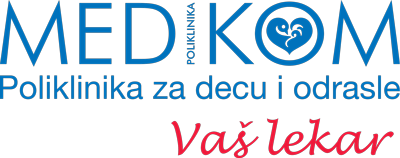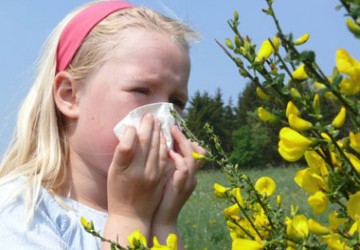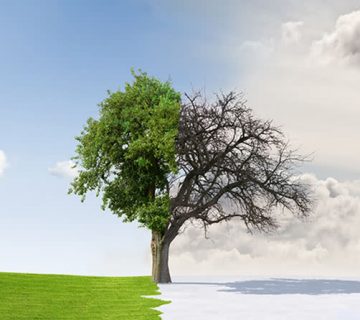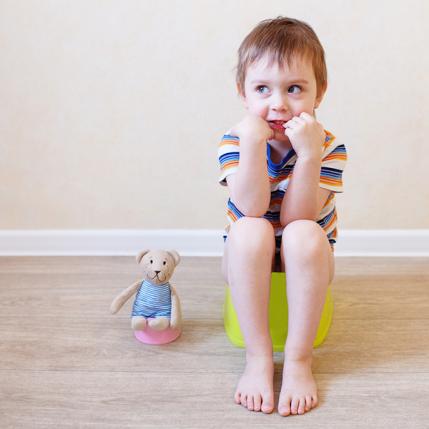With occupational sneezing, sensitization occurs in the workplace. It is mostly the patient who points at the allergen and the symptoms’ recurrence is non-seasonal. The symptoms cease with workplace change or with annual holiday.
Inhalation allergens are tree pollens from February to May, grass pollens from April to October, weed pollens from June to October, house dust, bedding dust, mites, feathers, animal hairs, dried excretions, mould.
The clinical picture. Salvos sneezing, nose itching, mucous secretion, nasal congestion.
The accompanying symptoms are: itching, redness, lacrimation, eye-burning, pain and compression sensation in the paranasal sinuses, smell sense loss, headache, ear pain and congestion, itching, voice harshness, dry cough, throat itching sensation, sleep disruption, lesser concentration ability at work or at school.
During the allergic reaction, irritated nasal mucosa favours bacteria and viruses development, so that not rarely complications such as infections due to these microorganisms follow.
A great number of patients have allergic rhinitis and asthma. A proper and efficient rhinitis therapy can significantly diminish asthma risk.
The right diagnosis is set based on personal and family case history, clinical picture, laboratory analyses findings, elevated eosinophil count in the blood and pernasal swab culture, total IgE and specific IgE), Prick’s skin test and specific nasal provocation tests and paranasal sinuses X-ray if need be.
The therapy is to start at least two weeks before the blooming to prevent the allergic sneezing onset.
The therapy, first of all, implies the use of antihistamines, nasal corticosteroids, nasal decongestants and inhalation therapies. The specific immunotherapy (desensitisation) is achieved with small allergen doses sublingually and cutaneously by gradually increasing the allergen dose in specific intervals and gives best results.
With pollen allergy, the maximum concentration of the allergen is in the morning hours, so, you’d better avoid spending time outdoors, if possible. Moreover, the room you sleep in must 3 be closed at that time. When you come back home, make sure to change your clothes, shake them inside out, have a shower and wash your hair. With indoor allergens it is necessary to air, vacuum-clean and dust regularly.




